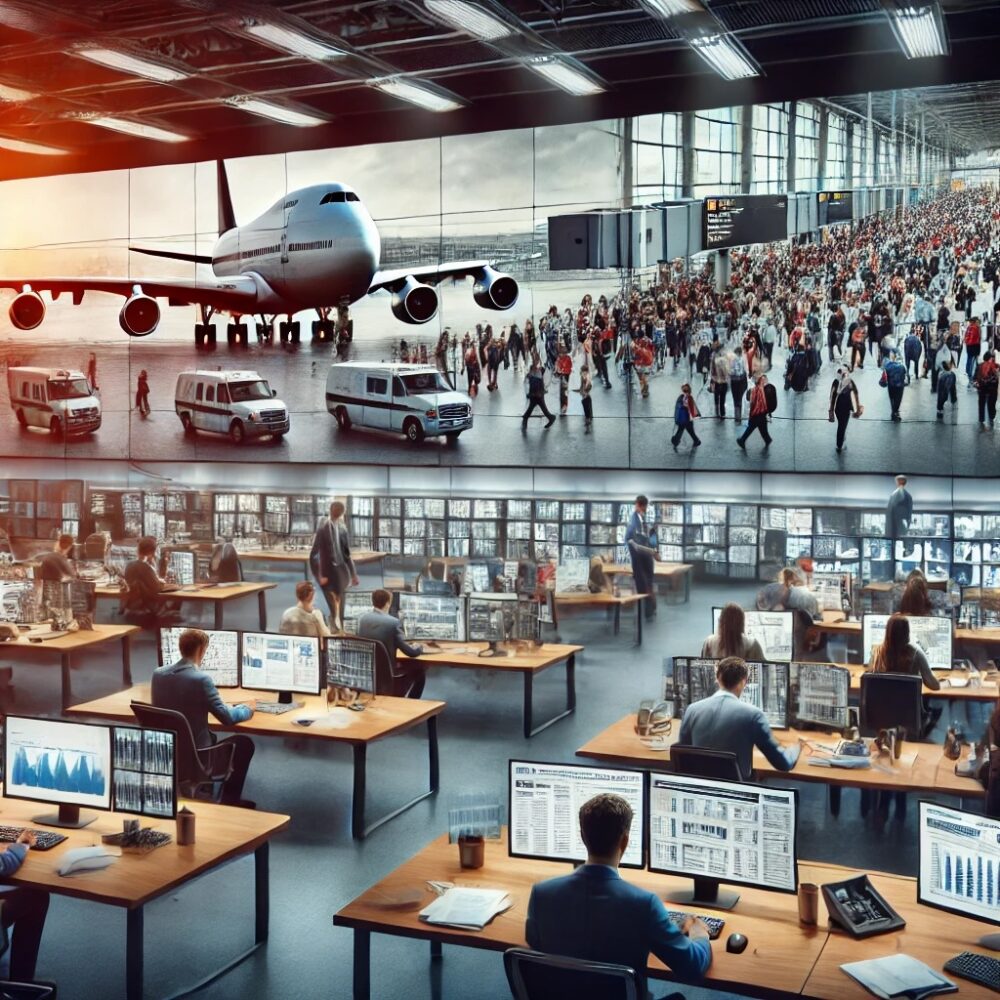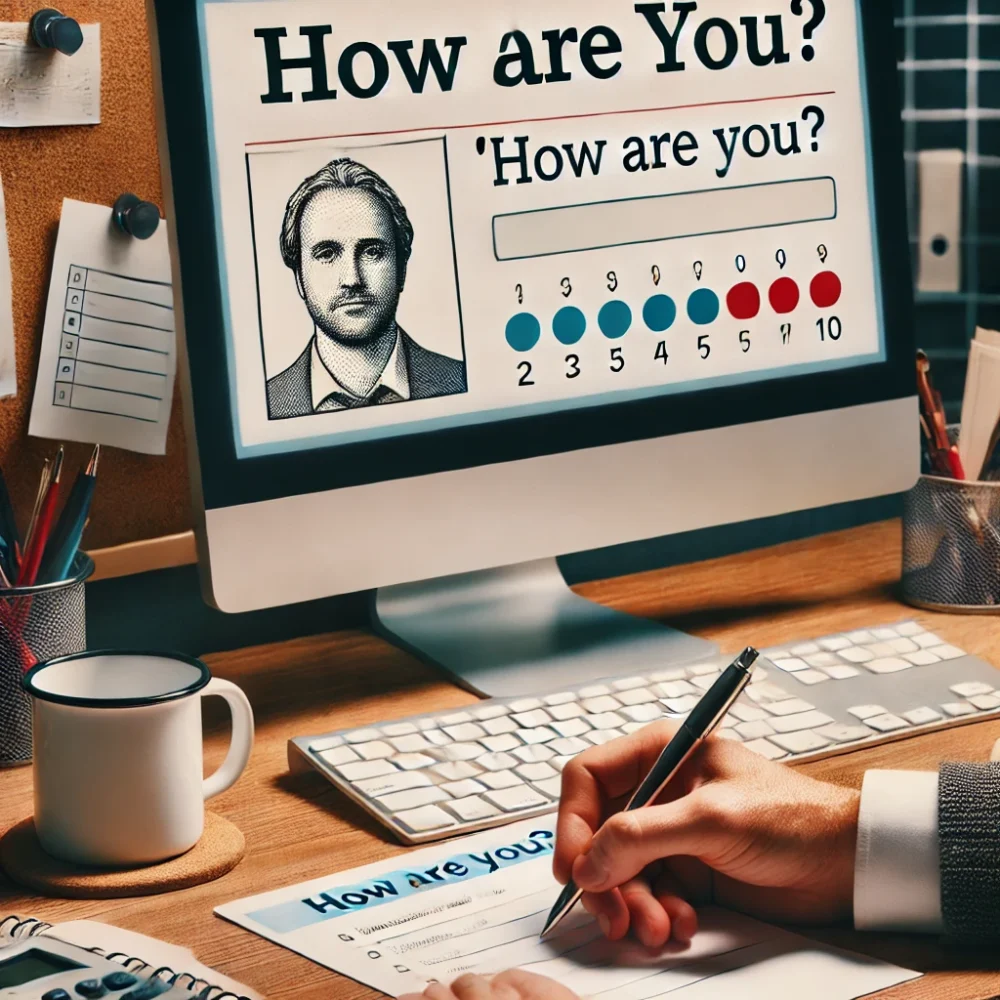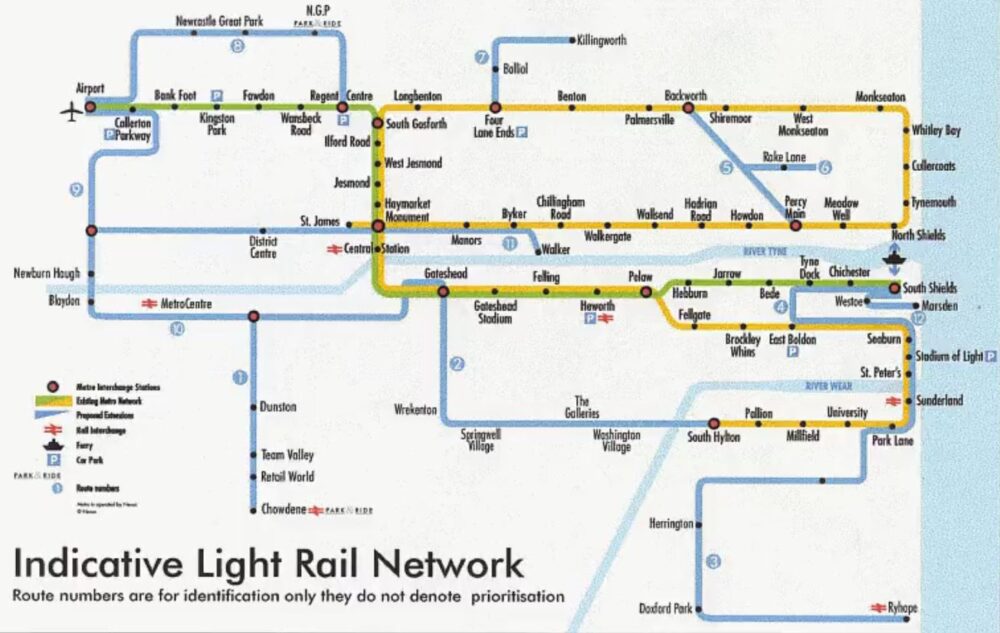Global IT failure shows the problem with multimodal journalism

When The Times started publishing its ‘compact’ edition in 2003, initially alongside the broadsheet format, there was a lot of debate about the potential impact on its journalism. One concern its journalists wrote about publicly was that in a compact size, it becomes more tempting to ‘hang’ stories around photographs, which can pervert the way that stories are covered.
Two decades on, this feels a bit quaint: large numbers of journalists for most media outlets work in multiple formats, writing stories, taking photographs, and filming videos, for example. But it feels undeniable that this has changed the weight that is given to different aspects of stories.
For example, over the last few days, we’ve been subjected to a huge amount of news coverage about a widespread computer fault. A huge proportion of the coverage—the lede in most cases—has been the impact on air travel. Yet, there is no reasonable interpretation of this story in which air travel is the most significant angle. The effect on GP services, for example, will have affected far more people and almost certainly caused more harm—and the underlying technical issue, and the way it has affected so many system across many countries, is a much more interesting analytical story.
I posit that the reason for the heavy weighting towards air travel is the multimodal way in which journalists now operate. It’s very difficult to create images of the problems with GP systems, and even more so to illustrate IT problems, yet airports provide an immediately available endless supply of emotive imagery of huge queues. That imagery can be easily supported by information on flight cancellations that’s freely available on websites journalists can access from their desks.
The lede becomes what’s easy rather than what’s important. Images become more important than analysis. We’re all less well-informed as a result.
This post was filed under: Media, News and Comment.










